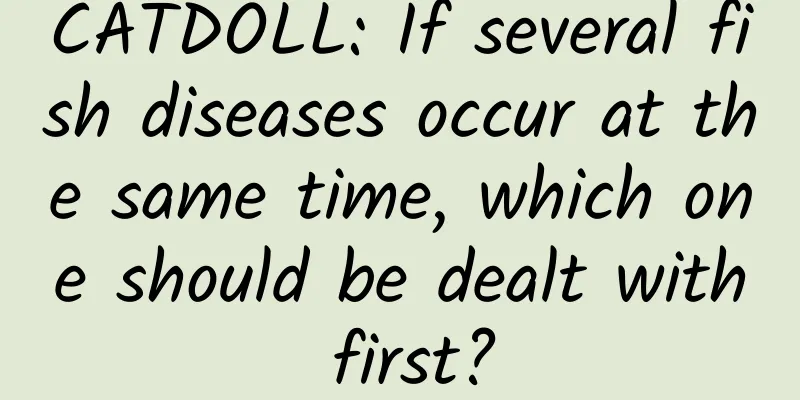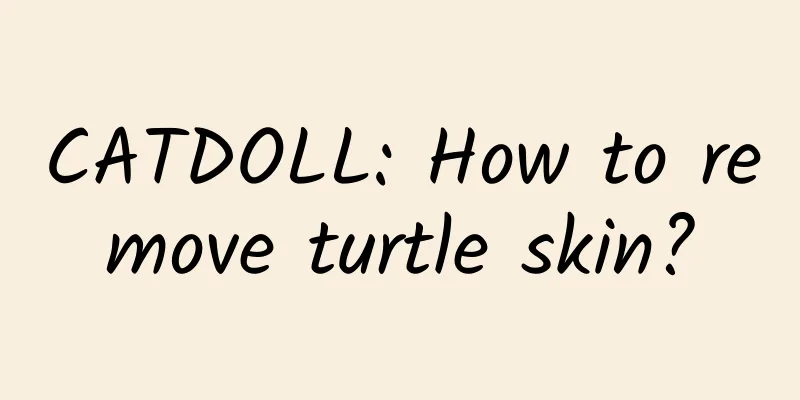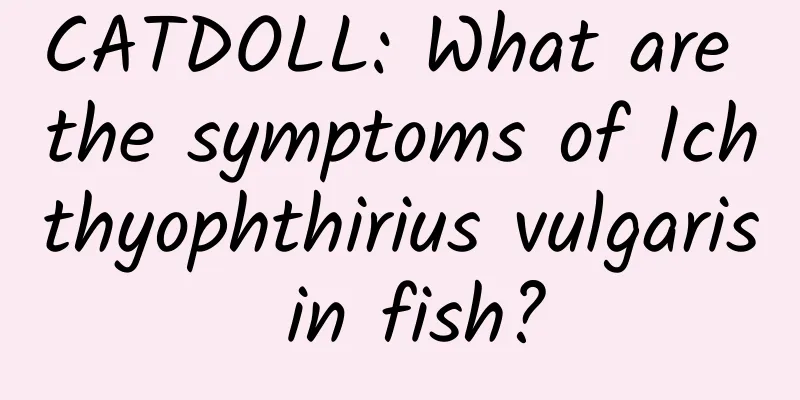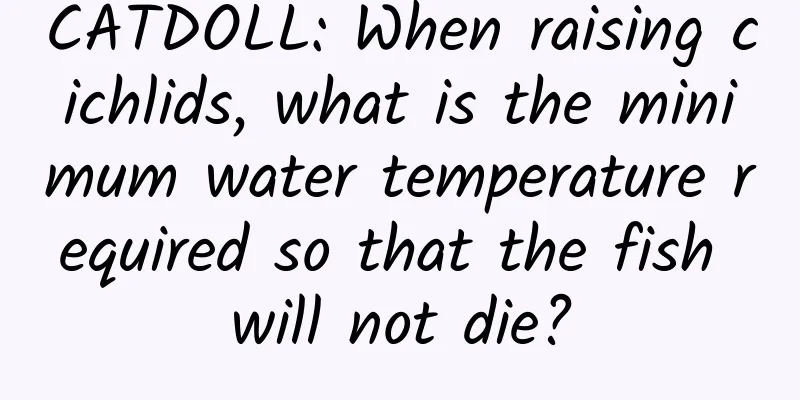CATDOLL : CATDOLL: If several fish diseases occur at the same time, which one should be dealt with first?

|
In the practice of disease prevention and control in aquaculture, we often find that the occurrence of some diseases is not isolated, but often complicated by complications, such as the familiar "three diseases" of grass carp. Bacterial gill rot is often complicated by enteritis, and parasitic parasites often cause tissue damage in the parasitic area, which in turn causes secondary bacterial infection. Deterioration of water quality often causes secondary infection of pathogenic microbial diseases. When dealing with them, it is best if they can be dealt with at the same time. However, if two diseases cannot be dealt with at the same time, it is necessary to comprehensively evaluate the overall condition of the sick fish and the breeding environment, and sort out the order of problem treatment in order to deal with the diseases more economically and effectively. 1. Principles for choosing the issues to be addressed first When choosing priority issues, there are several ways to sort them. Depending on different situations, different priority sorting methods can be used. 1. The main causes of death of aquatic animals shall be treated as a priority. In the treatment process of aquatic diseases, there is no doubt that the first thing to consider is how to reduce the death of diseased aquatic animals in the shortest possible time and minimize the losses of farmers, rather than falling into the logical discussion of "symptomatic treatment" or "causal treatment". Under this general principle, after confirming the aquatic animal disease, the main cause of the large-scale death of aquatic animals is found and treated first. For example, when the water quality index exceeds the standard for a long time and causes acute poisoning of aquatic animals, first aid treatment is given to the aquatic animals to minimize the loss, rather than adjusting the water quality index first. 2. The occurrence of the first disease is the "cause" of the second disease, so priority should be given to treating the first disease. For example, parasitic gill rot is caused by mechanical damage caused by the activity of parasites in the gills of the fish, which then leads to bacterial infection and causes gill rot. When dealing with it, you need to deal with the parasites on the gills first, and then deal with bacterial diseases in the gills. The same is true for water quality problems that cause ulcers in scaleless fish. 3. Problems with medication. For example, when fish suffer from liver and gallbladder diseases, since fish bodies are more sensitive to external stimuli, the use of highly irritating pesticides and disinfectants may cause an increase in the number of fish deaths. For another example, when water quality deteriorates and parasitic diseases occur, the fish bodies are in sub-healthy condition due to long-term excessive water quality. The rash use of irritating pesticides to kill insects may easily lead to fish poisoning. Therefore, the issue of medication is also something that needs to be considered when thinking about the order of complication management. 2. Mixed infection with different parasites In the process of fish farming, it is often seen that wheelworms coexist with ringworms, three-generation worms, ringworms, Chinese mysticetus, and anchorhead mysticetus. When handling, you can observe with the naked eye or use a microscope to examine, cut the relevant tissues of the parasitic parts of the worm body (such as gill filaments) for microscopic examination, judge the number of each type of parasite, find the dominant and more harmful parasites and give priority to treatment, and when there are methods for treating different parasites at the same time, you can also treat them at the same time. 3. Complications of parasitic diseases and bacterial diseases In the process of fish farming, parasites and bacterial diseases often occur concurrently. The more common ones are the parasites of wheelworms and ringworms, which cause mechanical damage to the fish gills, and then cause bacterial infections, leading to complications of gill rot. When dealing with it, you need to deal with the parasites first. If you deal with the gill rot first, it will not only fail to cure it, but also be difficult to get good results. After dealing with parasitic diseases, you can then deal with the gill rot caused by secondary bacterial infections to completely cure it. For example, species such as golden pomfret cultured in cages are repeatedly rubbed against the nets by parasites such as Ichthyophthirius natans, which causes bacterial infection on the surface of the fish and leads to body rot. When treating body rot, it is also necessary to treat Ichthyophthirius natans to avoid recurrence. 4. Complications of water quality, bottom sediment problems and pathogenic microbial infection In the process of high-density fish farming, as the amount of feed continues to increase, the excretion of aquatic animals, the accumulation of leftover bait and feces often leads to problems with water quality and bottom quality. Aquatic animals are in a state of stress caused by adverse environmental factors for a long time, resulting in a decline in physical fitness and immunity, and secondary infection by pathogenic microorganisms. For example, ulcers and body rot caused by continuous strong stress of fish due to water quality problems, and the outbreak of bacterial sepsis in bottom fish such as crucian carp are often accompanied by the deterioration of pond bottom quality. When dealing with these complications, factors of the breeding environment also need to be considered. For example, when dealing with fish ulcers caused by poor water quality indicators, in addition to dealing with bacterial infections, water purification and anti-stress treatment are also required. After treating bacterial sepsis in bottom fish, the pond bottom also needs to be treated to improve the living environment of bottom fish and reduce the recurrence of bottom fish diseases. 5. Complications of nutritional diseases and pathogenic microbial infections In the process of breeding at the grassroots level, many farmers are eager to go to market, and the feeding amount often exceeds the nutritional needs of fish for normal growth. In addition, the nutritional ratio of some feeds is unbalanced and incomplete, and there are anti-nutritional factors. Over time, it will cause fat accumulation in the fish liver, liver cell necrosis, and pathological changes such as green liver, flower liver, liver enlargement, atrophy, and phantom enlargement of the gall bladder shed. In the middle and late stages of breeding, liver and gallbladder diseases of fish have been at a high incidence, and fish are in a sub-healthy state, which makes them more susceptible to secondary infection by parasites, bacteria and other pathogenic microorganisms. Due to the existence of liver and gallbladder diseases in fish, they are more sensitive to the use of external irritating drugs. When parasitic diseases and liver and gallbladder diseases occur at the same time, it is best to use Chinese herbal medicine to deworm according to the life history of the parasites and avoid the stimulation of chemical pesticides to fish. If it is necessary to use irritating pesticides for pest control, you need to first reduce the intake of liver and gallbladder protective Chinese herbal medicine to repair the liver and gallbladder, and then use pesticides after a few days. You can also use fruit acid or phosphated VC for anti-stress treatment before using pesticides, and then use pesticides a few hours later to reduce fish stress. When bacterial diseases and nutritional hepatobiliary diseases occur at the same time, when choosing antibiotics, it is necessary to pay attention to the avoidance of antibiotics that are highly irritating to the liver and gallbladder (such as doxycycline hydrochloride and sulfonamides). At the same time, you can appropriately reduce the dosage of Chinese herbal medicines such as Gandanlikangsan, vitamin E, etc. that protect the liver and gallbladder to promote the repair of the liver and gallbladder. When using external disinfectants, you need to try to avoid the use of irritating disinfectants, such as strong chlorine, and you can use relatively mild disinfectants, such as high-quality povidone-iodine. The content comes from Yu Dada, the copyright belongs to the original author, if there is any infringement, please contact us to delete the article Welcome to leave comments and communicate! |
<<: CATDOLL: What kind of shrimp is good for sea bass fishing? Are small river shrimp okay?
>>: CATDOLL: How big can rainbow trout grow?
Recommend
CATDOLL: What to do if pigs get foot-and-mouth disease? Prevention and treatment measures
What is foot-and-mouth disease? Foot-and-mouth di...
Why do kittens have tears in their eyes?
Reasons why kittens have tears in their eyes: 1. ...
CATDOLL: How much does silk cost per kilogram in 2020?
1. What is the market price of silk? The general ...
CATDOLL: What are the functions and effects of the alligator turtle?
What are the functions and effects of alligator t...
CATDOLL: How to choose Muscovy ducklings? How to distinguish good and bad Muscovy ducklings?
1. How to choose Muscovy ducklings? 1. The eyes o...
CATDOLL: What are the precautions for using trace elements in broiler farming?
What are the precautions for using trace elements...
CATDOLL: What do you feed farmed black carp? Can you feed them with grass?
Black carp prefers meat. When breeding, you can f...
CATDOLL: When do bees produce honey?
When do bees produce honey? Bees produce honey al...
CATDOLL: How to prevent and control cockroaches in beekeeping?
1. How to prevent and control cockroaches in beek...
CATDOLL: How much does black fish feed cost?
How much is black fish feed Ice tray small fish (...
Can cats eat oranges?
Cats cannot eat oranges. Oranges contain strong a...
CATDOLL: What kind of feed should be given to tilapia to make it grow faster?
1. What kind of feed should be given to tilapia t...
CATDOLL: Methionine market: rapid growth and bright prospects
Methionine is an important nutritional supplement...
CATDOLL: Is it okay for a wasp to build a nest at home?
It is not good for human-headed wasps to nest in ...
CATDOLL: What are the key points of conger eel farming technology?
What are the key points of conger eel farming tec...









